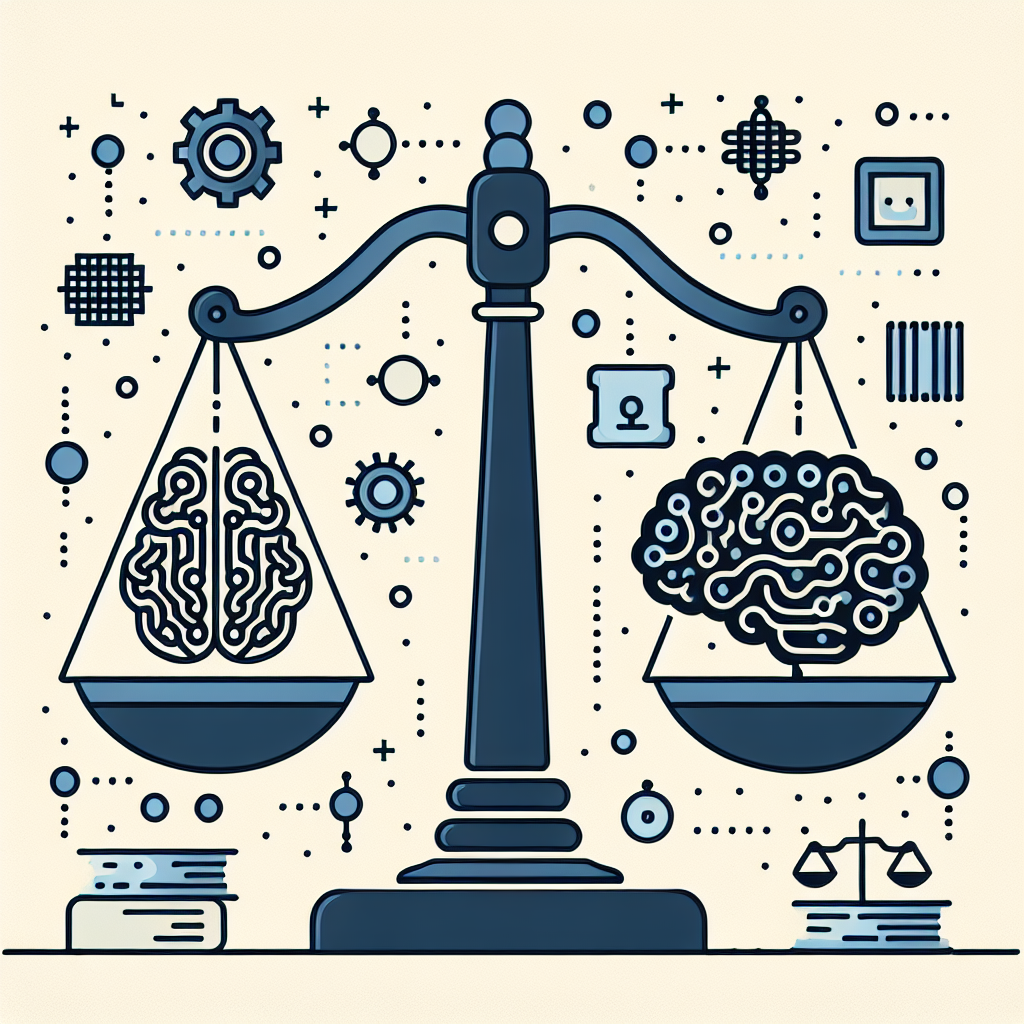Artificial intelligence (AI) has undoubtedly revolutionized many aspects of our lives, from personalized recommendations on streaming platforms to autonomous vehicles. However, the deployment of AI is not without its challenges, one of the most significant being bias. Bias in AI can have far-reaching consequences, impacting everything from hiring practices to criminal justice decisions. In this article, we will explore the challenges of bias in AI deployment, its root causes, and potential solutions.
What is Bias in AI?
Bias in AI refers to the systematic and unfair favoritism or discrimination towards certain groups or individuals in the data, algorithms, or decision-making processes of AI systems. This bias can manifest in various ways, such as racial, gender, or socioeconomic bias. For example, a facial recognition system that has been trained on predominantly white faces may struggle to accurately identify individuals with darker skin tones, leading to discriminatory outcomes.
The Challenges of Bias in AI Deployment
1. Data Bias: One of the primary sources of bias in AI deployment is biased training data. AI systems learn from the data they are trained on, and if this data is biased or incomplete, the system will produce biased results. For example, if a hiring algorithm is trained on historical data that reflects gender bias in hiring decisions, the algorithm will perpetuate this bias by favoring male candidates over female candidates.
2. Algorithmic Bias: Another challenge is algorithmic bias, which occurs when the design or implementation of the AI algorithm itself introduces bias. This can happen if the algorithm is not properly calibrated or if it is designed in a way that disproportionately impacts certain groups. For example, a predictive policing algorithm that targets certain neighborhoods based on historical crime data may perpetuate existing biases in law enforcement practices.
3. Lack of Diversity in AI Development: The lack of diversity in the AI development community is also a significant challenge. Research has shown that diverse teams are better equipped to identify and address bias in AI systems. However, the AI industry is still predominantly male and lacks representation from marginalized groups, leading to blind spots in the development process.
4. Lack of Transparency: Many AI systems operate as black boxes, meaning that their decision-making processes are opaque and not easily understood by users. This lack of transparency makes it difficult to identify and address bias in AI systems, as users may not be aware of how decisions are being made.
5. Ethical Concerns: Bias in AI raises ethical concerns around fairness, accountability, and transparency. If AI systems are making decisions that impact people’s lives, such as hiring or criminal justice decisions, it is crucial that these decisions are fair and unbiased. Failure to address bias in AI deployment can lead to discriminatory outcomes and erode trust in AI technology.
Solutions to Address Bias in AI Deployment
1. Diverse and Inclusive Data: To mitigate data bias, it is essential to ensure that training data is diverse and inclusive. This can be achieved by collecting data from a wide range of sources and actively seeking out underrepresented groups. Data should also be regularly audited for bias and corrected as needed.
2. Algorithmic Fairness: AI algorithms should be designed with fairness in mind, taking into account the potential impacts on different groups. Techniques such as fairness-aware machine learning and algorithmic auditing can help identify and mitigate bias in AI systems.
3. Diversity in AI Development: Increasing diversity in the AI development community is crucial for addressing bias in AI systems. Companies should prioritize hiring diverse talent and creating inclusive work environments to foster a culture of diversity and inclusion.
4. Transparency and Explainability: AI systems should be designed with transparency and explainability in mind. Users should be able to understand how decisions are being made and have access to information about the data and algorithms used in the system.
5. Ethical Guidelines and Oversight: Governments and industry organizations should establish ethical guidelines for AI deployment and provide oversight to ensure that AI systems are being used in a fair and responsible manner. This can include mechanisms for auditing AI systems and holding developers accountable for bias.
Frequently Asked Questions
Q: How can bias in AI be detected?
A: Bias in AI can be detected through a variety of techniques, including data auditing, algorithmic auditing, and fairness-aware machine learning. These methods can help identify biased patterns in the data or algorithms used in AI systems.
Q: What are the consequences of bias in AI deployment?
A: Bias in AI deployment can have serious consequences, including perpetuating discrimination, eroding trust in AI technology, and leading to unfair outcomes in decision-making processes. It can also exacerbate existing inequalities and create barriers for marginalized groups.
Q: How can bias in AI be addressed?
A: Bias in AI can be addressed through a combination of diverse and inclusive data collection, algorithmic fairness techniques, diversity in AI development, transparency and explainability in AI systems, and ethical guidelines and oversight.
In conclusion, bias in AI deployment is a complex and multifaceted challenge that requires a concerted effort from all stakeholders to address. By prioritizing diversity, transparency, and ethical considerations in the development and deployment of AI systems, we can work towards creating fair and unbiased AI technologies that benefit everyone.

